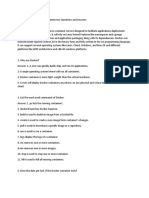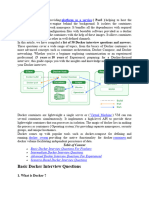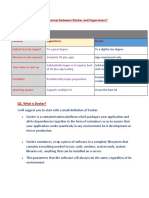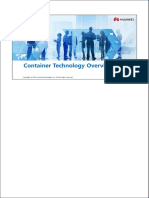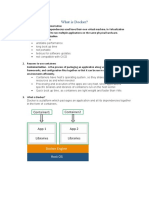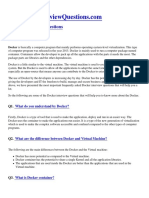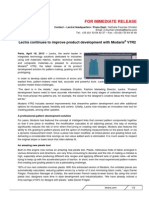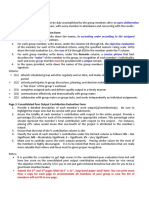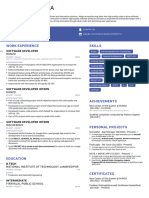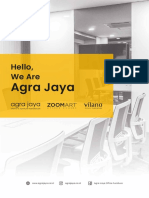0% found this document useful (0 votes)
20 views8 pagesDocker Basic
A container is a software unit bundled with dependencies for fast deployment across platforms, while Docker is a containerization platform that simplifies application development and deployment. Docker offers benefits such as portability and resource efficiency but has drawbacks like a learning curve and security concerns. Key components of Docker include the Docker client, host, and registry, with Docker images serving as blueprints for containers, and Docker Compose facilitating multi-container applications.
Uploaded by
Bhumi AhlawatCopyright
© © All Rights Reserved
We take content rights seriously. If you suspect this is your content, claim it here.
Available Formats
Download as DOCX, PDF, TXT or read online on Scribd
0% found this document useful (0 votes)
20 views8 pagesDocker Basic
A container is a software unit bundled with dependencies for fast deployment across platforms, while Docker is a containerization platform that simplifies application development and deployment. Docker offers benefits such as portability and resource efficiency but has drawbacks like a learning curve and security concerns. Key components of Docker include the Docker client, host, and registry, with Docker images serving as blueprints for containers, and Docker Compose facilitating multi-container applications.
Uploaded by
Bhumi AhlawatCopyright
© © All Rights Reserved
We take content rights seriously. If you suspect this is your content, claim it here.
Available Formats
Download as DOCX, PDF, TXT or read online on Scribd
/ 8





